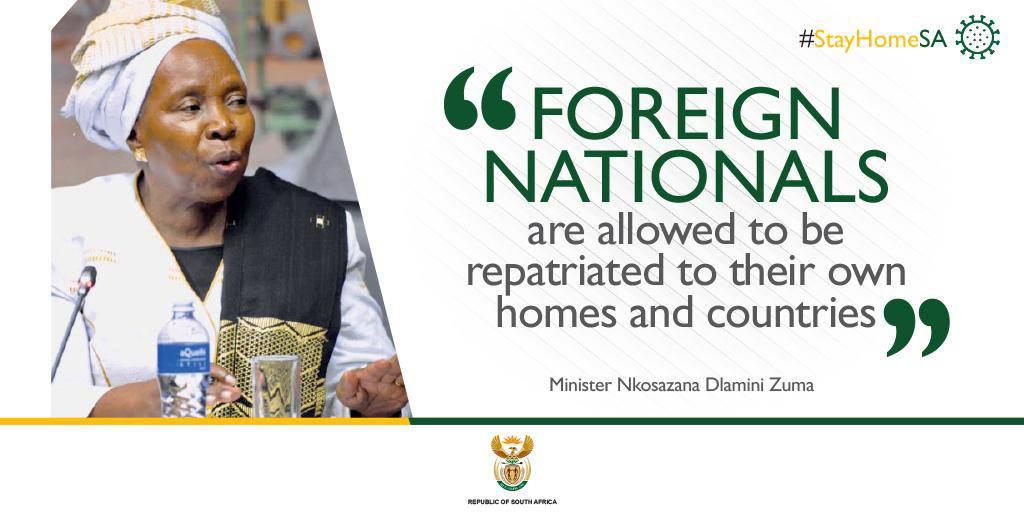JAA is not just a professional association but also a pivotal institution in promoting access to justice. By organizing events and workshops tailored for High Court and Magistrates Court directives, JAA bridges the gap between legal professionals and community needs. Programs focusing on conveyancing and property law, as well as ethical practices, ensure attorneys are well-versed in delivering fair and efficient legal services. The association’s collaboration with organizations like NADEL reinforces its dedication to building a justice system that serves all
Albeit its varied historical context , South Africa like other Countries globally , finds itself in the global space of grappling with the challenges brought about by the rise of Diversity and Inclusion as core Values in Corporate Governance. The efforts of South Africa to ensure equity , diversity and inclusion finds expression in most of its employment Legislative Frame Work in particular the Employment Equity Act of 1998 as it aims promote fair treatment and equal opportunities in the workplace in order to ensure social cohesion , inclusion and economic growth
Since the enactment of the aforementioned piece of Legislation commendable progress have been registered in bridging equity as outlined in the RSA Constitution. In its recent report , the Commission for Employment Equity (2023/2024 Annual Report) indicates a consistent progress and increase in representation of the designated groups and occupational levels. Despite this commendable progress much still need to be done as most of the designated groups still fall below their EAP. According to the report , Females represents 25% as opposed to 74% of males in Senior Management in Private Sector while Government registered 64% males and 35% females. We see Private Sector having a representation of 64% whites and 14% Blacks , Indian at 12% , and Coloureds at 5,9%. Representation in the disability group is at a concerning 1.8 % in Private Sector and a low 1,5% in Government. The skills levels are equally reported to be at concerning levels.
There is however a ray of hope for improvement in the advent of the recent amendments to the Employment Equity Act as the companies are now obliged to conduct a thorough analysis of workforce demographics and to identify company shortfalls on equity through refocused strategic plans that addresses and monitor issues of equity , diversity and inclusion. The amendments emphasises compliance and accountability through the penalties imposed on Equity Compliance Certificates and the removal of the size of the company as a barometer. These together with the implementation and the audits of fair recruitment processes and implementation of inclusive re-skilling and upskilling practices based on diversity and inclusion strategies and policies will go a long way in ensuring a desired goal of driving transformation through equity , diversity and inclusion.
The benefits of equity , diversity and inclusion on social cohesion and economic growth cannot be over emphasised. Government must be more intentional about putting in place mediated measures to foster equity, diversity and Inclusion and to eradicate systemic biases and resistance to change within organisational cultures. Corporate Governance Culture and footprint that goes beyond quota transformation to a culture that natures values and sustained Inclusivity is imperative.










